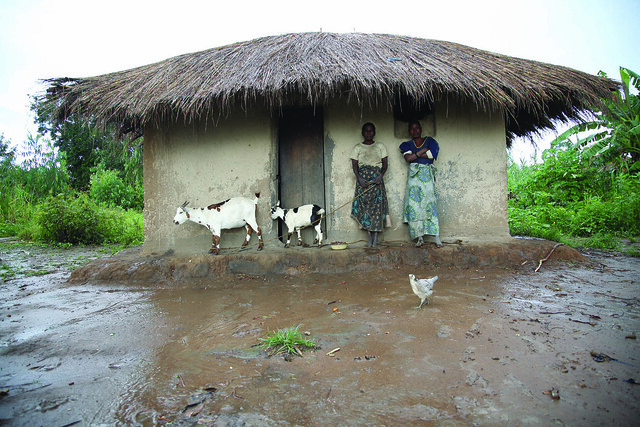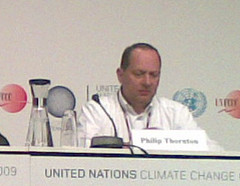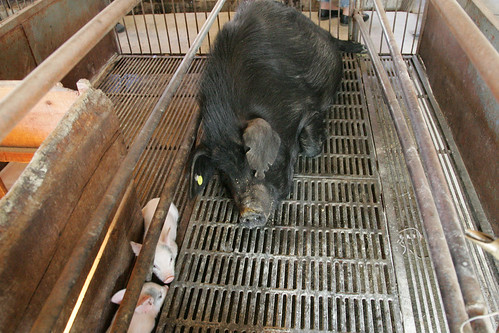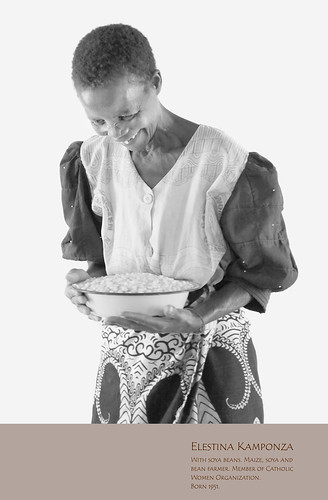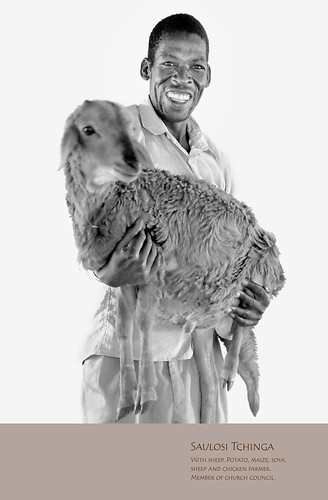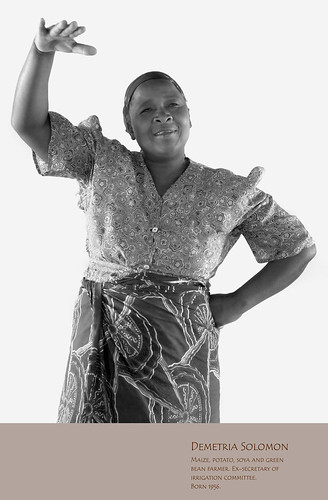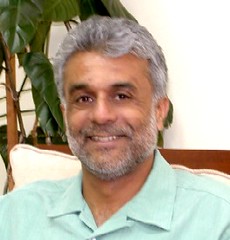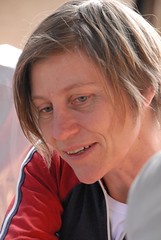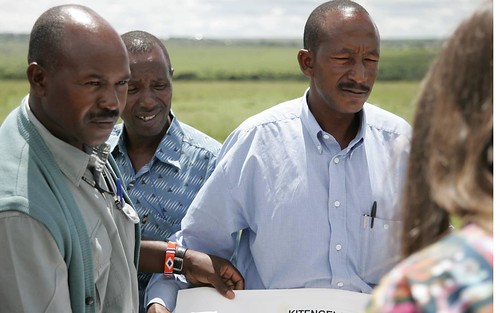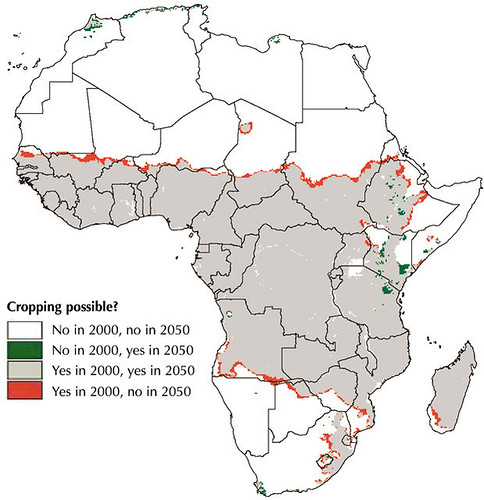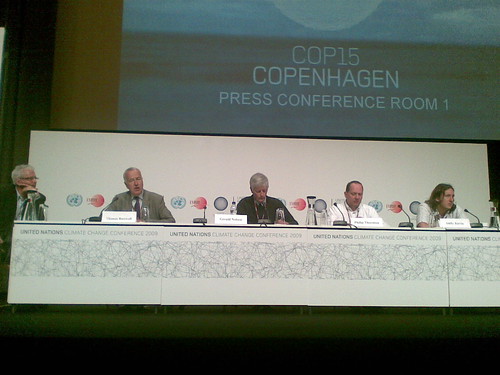Household takes refuge from the rain in central Malawi (photo by ILRI/Mann).
A paper on livestock and climate change—'The inter-linkages between rapid growth in livestock production, climate change, and the impacts on water resources, land use, and deforestation'—was prepared as a background paper to the World Bank’s acclaimed World Development Report 2010: Development in a Changing Climate. It was written by two agricultural systems analysts at the International Livestock Research Institute (ILRI), Philip Thornton and Mario Herrero.
The following is the abstract to the paper.
'Livestock systems globally are changing rapidly in response to human population growth, urbanization, and growing incomes. This paper discusses the linkages between burgeoning demand for livestock products, growth in livestock production, and the impacts this may have on natural resources, and how these may both affect and be affected by climate change in the coming decades.
'Water and land scarcity will increasingly have the potential to constrain food production growth, with adverse impacts on food security and human well-being. Climate change will exacerbate many of these trends, with direct effects on agricultural yields, water availability, and production risk.
'In the transition to a carbon-constrained economy, livestock systems will have a key role to play in mitigating future emissions. At the same time, appropriate pricing of greenhouse gas emissions will modify livestock production costs and patterns. Health and ethical considerations can also be expected to play an increasing role in modifying consumption patterns of livestock products, particularly in more developed countries.
'Livestock systems are heterogeneous, and a highly differentiated approach needs to be taken to assessing impacts and options, particularly as they affect the resource-poor and those vulnerable to global change. Development of comprehensive frameworks that can be used for assessing impacts and analyzing trade-offs at both local and regional levels is needed for identifying and targeting production practices and policies that are locally appropriate and can contribute to environmental sustainability, poverty alleviation, and economic development.'
About the World Development Report 2010:
'Today's enormous development challenges are complicated by the reality of climate change─the two are inextricably linked and together demand immediate attention. Climate change threatens all countries, but particularly developing ones. Understanding what climate change means for development policy is the central aim of the World Development Report 2010.
'Estimates are that developing countries would bear some 75 to 80 percent of the costs of anticipated damages caused by the changing climate. Developing countries simply cannot afford to ignore climate change, nor can they focus on adaptation alone. So action to reduce vulnerability and lay the groundwork for a transition to low-carbon growth paths is imperative.
'The World Development Report 2010 explores how public policy can change to better help people cope with new or worsened risks, how land and water management must adapt to better protect a threatened natural environment while feeding an expanding and more prosperous population, and how energy systems will need to be transformed.
'The authors examine how to integrate development realities into climate policy─in international agreements, in instruments to generate carbon finance, and in steps to promote innovation and the diffusion of new technologies.
'The World Development Report 2010 is an urgent call for action, both for developing countries who are striving to ensure policies are adapted to the realities and dangers of a hotter planet, and for high-income countries who need to undertake ambitious mitigation while supporting developing countries efforts.
'The authors argue that a climate-smart world is within reach if we act now to tackle the substantial inertia in the climate, in infrastructure, and in behaviors and institutions; if we act together to reconcile needed growth with prudent and affordable development choices; and if we act differently by investing in the needed energy revolution and taking the steps required to adapt to a rapidly changing planet.'
Read more of ILRI livestock background paper: World Bank Policy Research Working Paper, 'The inter-linkages between rapid growth in livestock production, climate change, and the impacts on water resources, land use, and deforestation', 2010, by Philip Thornton and Mario Herrero.

